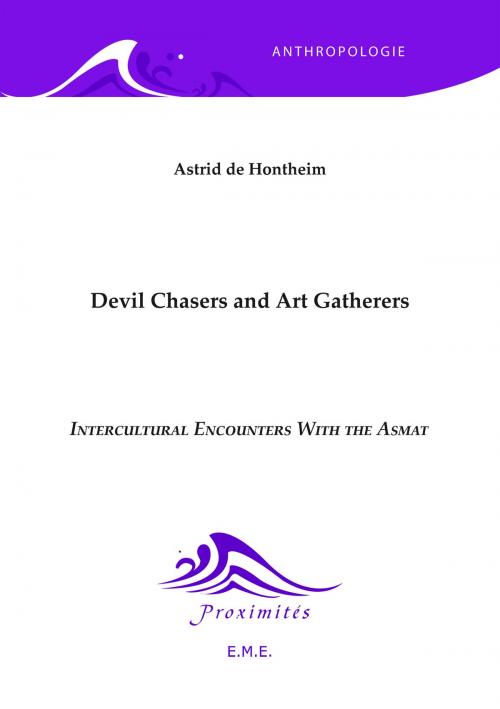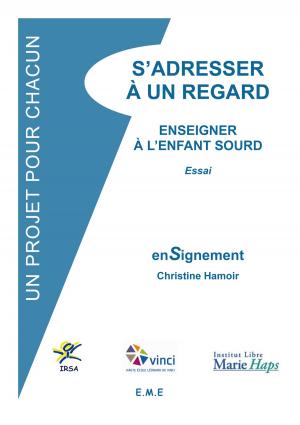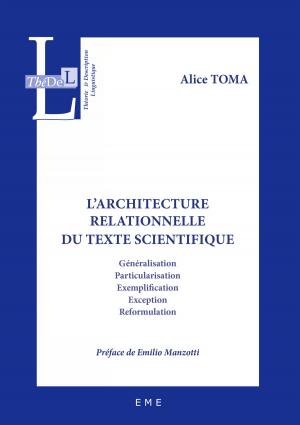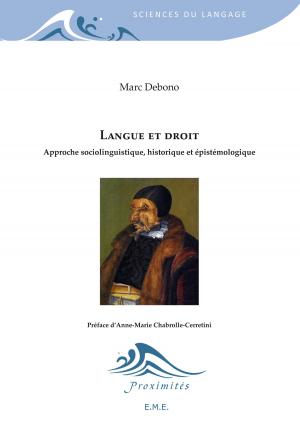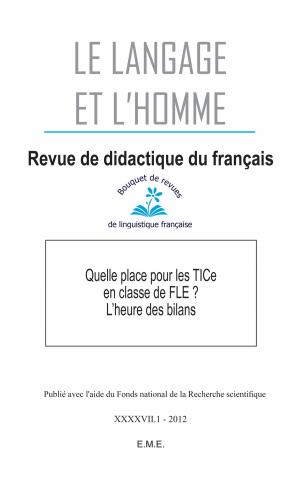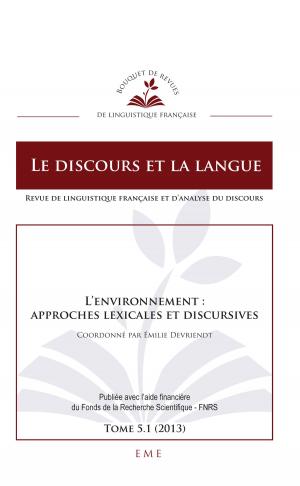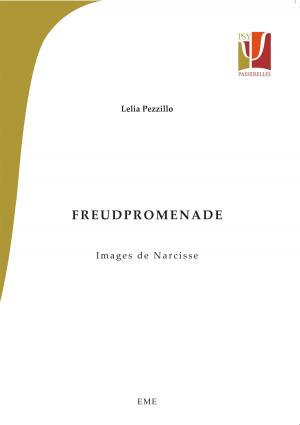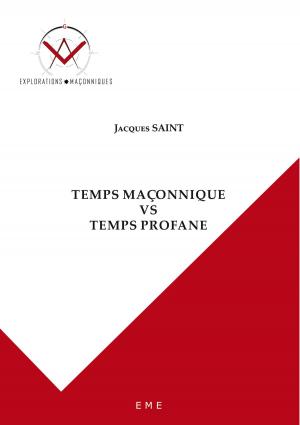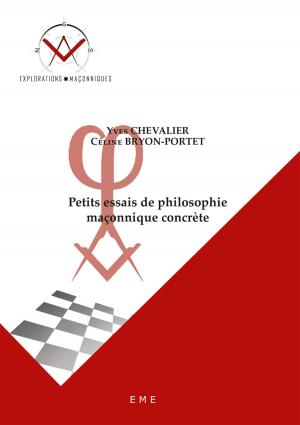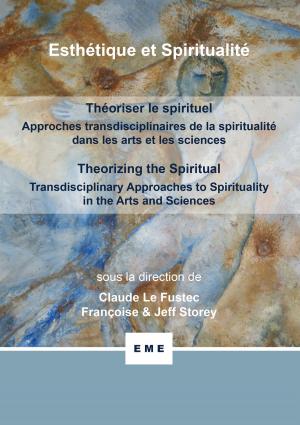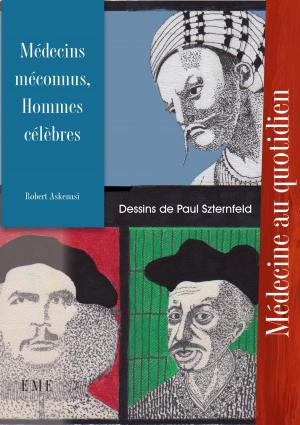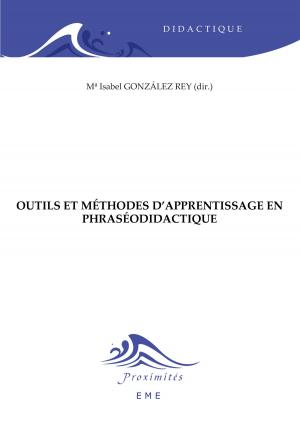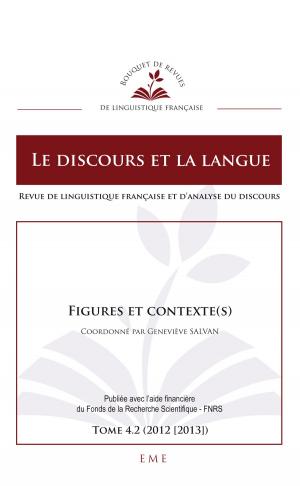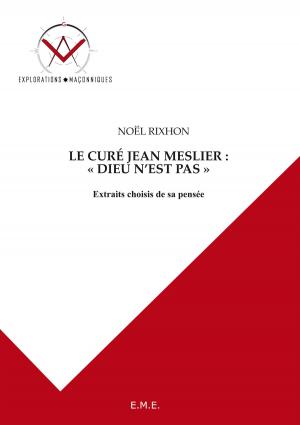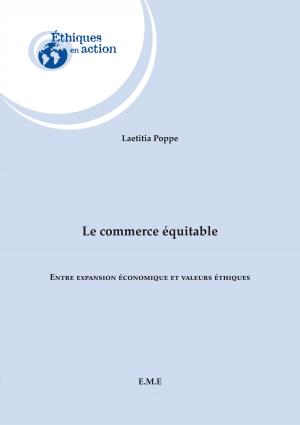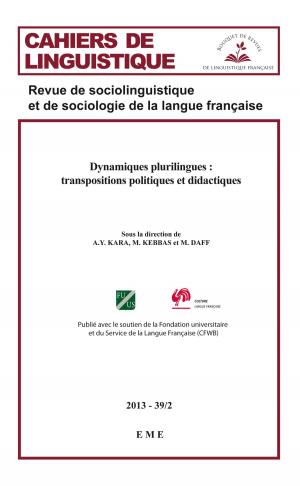Devil Chasers and Art Gatherers
Intercultural Encounters With the Asmat
Nonfiction, History, Australia & Oceania, Modern, 20th Century| Author: | Astrid De Hontheim | ISBN: | 9782875253835 |
| Publisher: | EME éditions | Publication: | July 9, 2015 |
| Imprint: | EME éditions | Language: | French |
| Author: | Astrid De Hontheim |
| ISBN: | 9782875253835 |
| Publisher: | EME éditions |
| Publication: | July 9, 2015 |
| Imprint: | EME éditions |
| Language: | French |
Ph.D. in anthropology (Université Libre de Bruxelles and Université d’Aix-Marseille 3), Astrid de Hontheim has been teaching anthropology of Oceania, anthropology of media, religious anthropology, anthropology of birth and anthropological fieldwork in several Universities in Belgium and in Canada. This book studies the socio-cultural changes that occurred among the Asmat people (West Papua) during the postcolonial era, after the arrival of the first missionary in 1953. It compares Catholic and Protestant missionary strategies of conversion and the way the Asmat coped with newcomers’ settlement on their land, evangelization, Indonesian political hierarchies, market economy, ‘tribal’ art collectors, schooling and Western etiologies. Despite considerable academic interest in this area, regrettably few contemporary researchers in anthropology have published field-work based studies of the people of West Papua, unlike neighboring Papua New Guinea. We can hope that this book will encourage young researchers to dedicate themselves to research in this rapidly changing part of the world.
Ph.D. in anthropology (Université Libre de Bruxelles and Université d’Aix-Marseille 3), Astrid de Hontheim has been teaching anthropology of Oceania, anthropology of media, religious anthropology, anthropology of birth and anthropological fieldwork in several Universities in Belgium and in Canada. This book studies the socio-cultural changes that occurred among the Asmat people (West Papua) during the postcolonial era, after the arrival of the first missionary in 1953. It compares Catholic and Protestant missionary strategies of conversion and the way the Asmat coped with newcomers’ settlement on their land, evangelization, Indonesian political hierarchies, market economy, ‘tribal’ art collectors, schooling and Western etiologies. Despite considerable academic interest in this area, regrettably few contemporary researchers in anthropology have published field-work based studies of the people of West Papua, unlike neighboring Papua New Guinea. We can hope that this book will encourage young researchers to dedicate themselves to research in this rapidly changing part of the world.
